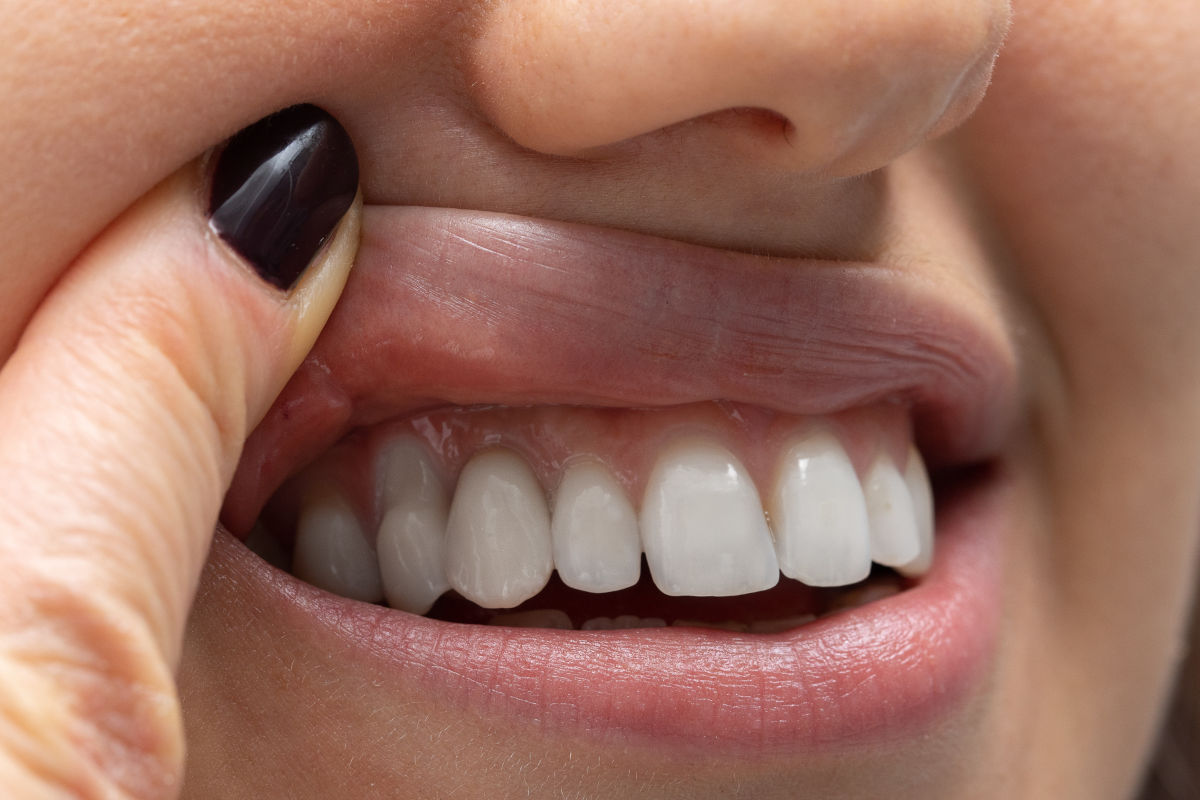Contents

Periodontitis: Causes, Symptoms, and Treatments for This Gum Disease
Periodontitis, also known as periodontal disease, is an infectious disease that affects the supporting tissues of the teeth (gum, bone, ligament). Very common in adults, it is often the consequence of neglected gingivitis. Explanations and advice on how to prevent and treat it.
What is Periodontitis?
Periodontitis is a bacterial infection that progressively destroys the tissues surrounding and supporting the teeth:
- Bacteria from dental plaque infiltrate between the gum and the tooth.
- They cause chronic inflammation and the formation of periodontal pockets.
- The infectious process destroys the periodontal ligament and the bone that anchor the tooth.
- Ultimately, the teeth become loose and fall out if left untreated.
It is the most severe form of periodontal disease, following untreated gingivitis. The bacteria involved are mainly anaerobic Gram-negative bacteria.
What Are the Risk Factors?
Some people are more susceptible than others to developing periodontitis:
- Poor oral hygiene (dental plaque).
- Smoking and chronic alcoholism.
- Diabetes and diseases that weaken the immune system (HIV...).
- Long-term use of certain medications (antidepressants, antiepileptics...).
- Hormonal changes in women (pregnancy, menopause).
- Genetic predispositions.
- Chronic stress and aging.
An annual visit to the dentist helps to screen for these risk factors and monitor the condition of your gums.
Symptoms and Progression of Periodontal Disease
Periodontitis evolves slowly and silently, often without pain in the beginning. The warning signs are:
- Spontaneous or provoked gum bleeding (when brushing, eating).
- Red, swollen, and tender gums.
- Gum recession with the appearance of periodontal pockets.
- Persistent bad breath and a bad taste in the mouth.
- Tooth mobility and shifting, gaps between teeth.
What is the Treatment for Periodontitis?
The treatment for periodontitis aims to eliminate the infection, stop the progression of the disease, and if possible, regenerate lost tissues. It is based on:
- Scaling and root planing: deep mechanical removal of plaque and tartar from the teeth and roots.
- Disinfection of periodontal pockets with antiseptics and sometimes local or systemic antibiotics.
- Periodontal surgery if necessary: flap surgery to clean bone lesions, bone grafts, and membranes to rebuild the destroyed bone.
- Control and maintenance of oral hygiene through regular visits (every 3-4 months) to the dentist or periodontist.
FAQ
What are the first symptoms of periodontitis?
The early signs are gum bleeding, red and swollen gums, bad breath, and gum recession. But the disease often progresses silently, hence the importance of regular check-ups.
How is periodontitis treated?
The dentist first eliminates the infection with a deep cleaning (scaling and root planing). They may prescribe antiseptic mouthwashes and antibiotics. If the periodontal pockets are too deep, surgery (flap surgery) is sometimes necessary. The patient must then maintain impeccable hygiene.
